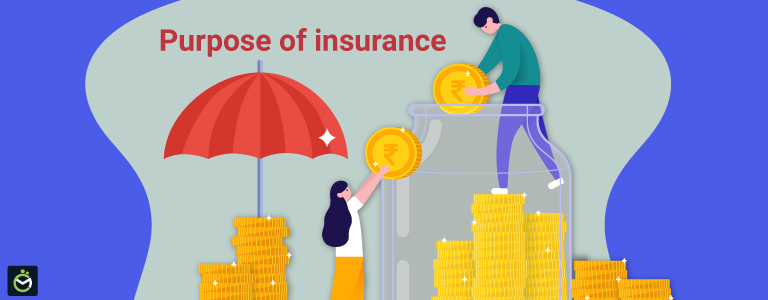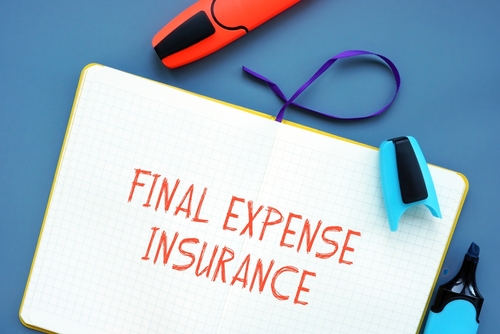An Unbiased View of Pacific Prime
An Unbiased View of Pacific Prime
Blog Article
The Pacific Prime Diaries
Table of Contents5 Easy Facts About Pacific Prime ShownThe Best Guide To Pacific PrimePacific Prime - An OverviewFascination About Pacific Prime
In most states, the insurance firm is called for to send you a duplicate of the changes to your plan. It is very important that you check out Recommendations or Cyclists so you understand just how your plan has changed and if the plan is still sufficient to satisfy your demands. To obtain a copy of your insurance coverage plan, please call your insurance representative or business.
The Institute of Medication (IOM) Committee on the Consequences of Uninsurance launches an extensive evaluation of evidence that addresses the value of wellness insurance policy coverage with the publication of this record. Insurance coverage Issues is the first in a collection of six records that will be issued over the next 2 years documenting the truth and consequences of having an estimated 40 million individuals in the United States without medical insurance protection.

The Definitive Guide to Pacific Prime
The objective of this series of researches is to redouble policy attention on a historical trouble. Following the lengthiest financial expansion in American history, in 1999, an approximated one out of every six Americans32 million adults under the age of 65 and even more than 10 million childrenremains without insurance (Mills, 2000).

10 percent of the populace accounts for 70 percent of wellness care expenditures, a correlation that has stayed constant over the past three years (Berk and Monheit, 2001) - international health insurance. Therefore wellness insurance coverage continues to offer the function of spreading out danger even as it significantly finances regular care. From the viewpoint of wellness treatment carriers, insurance policy lugged by their individuals helps protect an earnings stream, and communities gain from monetarily viable and stable healthcare experts and institutions
Government provides medical insurance to populations whom the private market might not offer properly, such as impaired and senior individuals, and populaces whose accessibility to healthcare is socially valued, such as youngsters and expectant females. The utmost ends of health and wellness insurance policy coverage for the private and areas, including workplace communities of employees and employers, are improved health and wellness results and lifestyle.
Little Known Questions About Pacific Prime.
Workers rate medical insurance first by much in relevance amongst all the benefits provided in the workplace (Salisbury, 2001). Although there have been sizable investments of individual and public funds to give medical insurance, several individuals still have no coverage. In spite of comprehensive reporting of survey findings and healthcare research results, the public continues to be confused and mistaken regarding Americans without medical insurance and the implications of doing not have insurance coverage.

Without concern, the complexity of American healthcare financing devices and the wide range of resources of information add to the general public's confusion and suspicion regarding medical insurance stats and their analysis. This record and those that will certainly adhere to goal to boil down and present in easily easy to understand terms the comprehensive research study that births on inquiries of health and wellness insurance coverage and its significance.
Fifty-seven percent of Americans surveyed in 1999 thought that those without health and wellness insurance are "able to obtain the care they need from physicians and hospitals" (Blendon et al., 1999, p. 207). In 1993, when nationwide attention was concentrated on the issues of the uninsured and on pending healthcare regulations, simply 43 percent of those polled held this belief (Blendon et al., 1999).

They also receive fewer preventative services and are much less most likely to have regular look after persistent problems such as hypertension and diabetes mellitus. Chronic diseases can bring about pricey and disabling difficulties if they are not well handled (Lurie et al., 1984; Lurie et al., 1986; Ayanian et al., 2000). One nationwide survey asked more than 3,400 adults about 15 highly severe or dark problems.
Not known Facts About Pacific Prime
Added proof exists later on in this chapter redirected here in the discussion of insurance coverage and accessibility to healthcare. https://pacific-prime.jimdosite.com/. Individuals without medical insurance are young and healthy and balanced and choose to go without coverage. Practically half (43 percent) of those evaluated in 2000 believed that individuals without health insurance are more probable to have health issue than people with insurance coverage
Citizens and plan manufacturers in focus group discussions define those without insurance as young people that have the opportunity to be covered and feel they do not require it (Concierge Novelli, 2001). Contrasted to those with at the very least some personal protection, the uninsured are less most likely to report being in excellent or excellent health and wellness (Agency for Healthcare Research Study and Top Quality, 2001).
SOURCE: Center for Expense and Financing Researches, Agency for Healthcare Research and High quality, based on MEPS data. Youthful grownups in between 19 and 34 are much more most likely to do not have health and wellness insurance than any kind of various other age. This is mainly because they are much less usually eligible for employment-based insurance coverage due to the nature of their job or their brief tenure in it.
The assumption that people without insurance have better-than-average health follows from confusing the relatively young age account of the uninsured with the much better health, on standard, of younger individuals. This covers the link between health and wellness status and medical insurance. For those without accessibility to office wellness insurance, poor health is a potential barrier to purchasing nongroup coverage because such coverage might be very valued, omit preexisting conditions, or be just not available.
Report this page